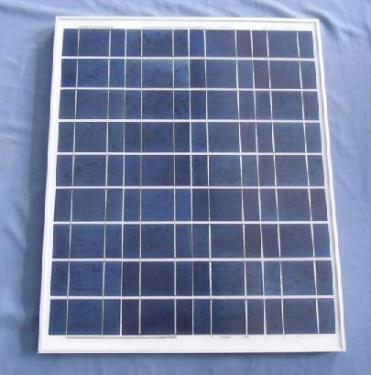 Solar grade polysilicon technology is divided into two major categories: chemical and physical methods. The polysilicon process of the chemical method generally refers to an intermediate product that needs to be converted into a silicon compound during the purification of silicon, and then uses a cracking or redox reaction to convert the silicon compound into a high-purity polysilicon raw material.
Solar grade polysilicon technology is divided into two major categories: chemical and physical methods. The polysilicon process of the chemical method generally refers to an intermediate product that needs to be converted into a silicon compound during the purification of silicon, and then uses a cracking or redox reaction to convert the silicon compound into a high-purity polysilicon raw material. The physical process, also known as metallurgy, is the removal of metallurgical grade silicon using physical or chemical methods without changing the nature of silicon. Although chemical reactions are involved, the reaction objects are boron, phosphorus, etc. Impurities, silicon does not change its nature, the purity of the purity of the physical purification has its limits, due to low cost, is regarded as a future star to replace high-purity polysilicon.
The chemical process can produce polysilicon with high purity. However, due to the control and processing of many by-products in the middle, the technical difficulty is high. According to different technology sources, the costs vary. Generally, the cost is higher than the physical process. Most chemical methods require the use of metallurgical grade silicon (MG) as a raw material for silicon compounds, and a few of them use silicon dioxide directly for the preparation of silicon compounds.
In the chemical method, the Siemens process was widely adopted by the early-stage manufacturers of semiconductor-grade polysilicon, which is mature but costly. In addition to the Siemens method, there are ASiMi method, fluid bed reaction method and tubular deposition method.
The ASiMi method is developed by Advanced Silicon Materials (ASiMi), a high-purity polysilicon process technology using silicon-based silicon (SiH4) as a raw material. In 2005, ASiMi announced its withdrawal from the polysilicon market. Most of the shares were acquired by Norway's REC (Renewable Energy Corp), so this technology is still being produced by REC.
The fluid bed reaction method and the ASiMi method also use silicon methane as the raw material. This method has a lower reaction temperature and can reduce the power consumption by nearly 30%. Due to the large silicon seed reaction area, the flow rate in the reaction furnace is high. Can solve the problem of slow deposition rate of the ASiMi method. The fluid bed reaction can be continuous production, and it is also the reason that the fluid bed reactor is superior to the bell-shaped Siemens reactor.
Tubular deposition method is a polysilicon production technology used by JointSolarSilicon GmbH (JSSI). The raw materials and principles used are the same as the fluid bed reaction method. All of them are polysilicon produced by the thermal decomposition of silicon and hydrogen. JSSI claims that the electricity consumed by this law is one-tenth that of the traditional Siemens method, and the conversion rate can reach 95 to 98%. Currently, it has a mass production record.
The metallurgical method of solar energy polysilicon in the physical process process began to be produced in small quantities in 2008. The metallurgical process for the purification of solar grade silicon also requires metallurgical grade silicon with lower impurities as the raw material, which can then be completed in several passes.
In addition, there are also mass production technologies that the industry has invested in other processes and are still in the R&D stage. For example, the sodium reduction and thermal carbon reduction methods do not require metallurgical-grade silicon. The raw materials such as sodium fluorosilicate are the by-products of fertilizers. Sodium silicate can be obtained directly from the chemical reaction of silica.
Overall, the current successful mass production technologies are mainly Siemens, fluid bed reaction, tubular deposition and ASiMi. Metallurgical solar grade polysilicon has a small amount of production in 2008, but the quality is still unstable. There is still room for improvement in technology, but it is also officially listed as one of the options for solar energy sources. In other methods, in recent years, there have been mass production operations that manufacturers claim to invest in related technologies. Before mass production records with stable quality, investment in related technologies or large-scale use of products requires rigorous evaluation.
China leading manufacturers and suppliers of Nonwoven Wallpaper:
Wallpaper Material: Non-woven
Wallpaper Size: 0.53*10m, 0.53*9.5m
Wallpaper Style: 3D, Damask, Classic, Modern, Flowers, Bricks and Stone, Wood wallpaper etc.
Wallpaper Weight: 100-200g/sqm
Non-Woven Wallpaper,Project Plain Nonwoven,New Morden Design Wallpapers,53Cm Plain Wallpaper
SHAOXING VIGOUR DECORATION MATERIAL CO.,LTD , https://www.vigourwallpaper.com